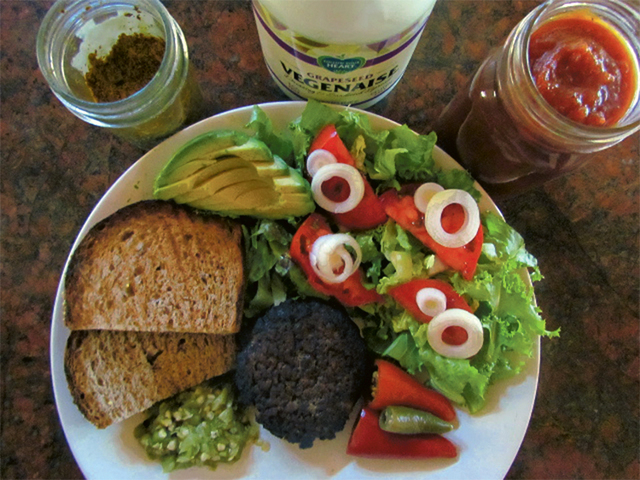Food For Thought: Ground And Browned Burgers From Scratch
Burgers From Scratch


Fixin’ to grind your own hamburger?
Ari LeVaux
Latest Article|September 3, 2020|Free
::Making Grown Men Cry Since 1992


Fixin’ to grind your own hamburger?
Ari LeVaux
